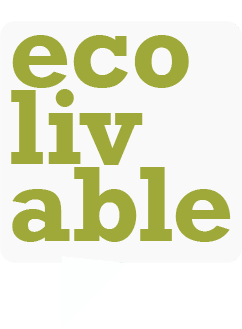A Sustainable Revolution
As the world becomes increasingly aware of environmental issues, the demand for sustainable solutions is growing. One area where this shift is particularly evident is in packaging. Over the next few years, we can expect to see a significant increase in the use of eco-friendly packaging materials as businesses strive to reduce their environmental impact and meet consumer expectations.
The Rise of Sustainable Materials
One of the most notable trends in eco-friendly packaging is the use of sustainable materials. Traditional packaging materials, such as plastics, are being replaced by biodegradable, compostable, and recyclable alternatives. Plant-based plastics, algae-derived films, and mushroom-based packaging are gaining traction as viable alternatives to petroleum-based plastics. These materials not only decompose naturally but also reduce reliance on fossil fuels.

Consumer Demand and Regulatory Pressure
Consumer awareness of environmental concerns has never been higher, and businesses are responding with packaging innovations that reduce waste, lower carbon emissions, and enhance recyclability. Governments across the globe are tightening regulations on packaging waste, pushing companies to adopt eco-conscious practices1. In the UK and EU, Extended Producer Responsibility (EPR) policies are becoming more stringent, making producers accountable for the entire lifecycle of their packaging.
Benefits of Eco-Friendly Packaging
Eco-friendly packaging offers numerous advantages for businesses, consumers, and the planet. For businesses, it enhances brand reputation, aligns with corporate social responsibility goals, and attracts environmentally conscious customers. For consumers, it meets the growing demand for sustainable products, with many willing to pay more for eco-friendly packaging. For the planet, it reduces waste, conserves resources, and mitigates climate change by replacing traditional plastics with biodegradable or compostable materials.
Challenges and Opportunities
Despite its benefits, adopting eco-friendly packaging comes with challenges, including higher costs and limited scalability in some regions. Consumer education is also crucial to ensure proper disposal of eco-friendly materials. However, businesses like Tipa Corp are addressing these challenges through innovation, collaboration, and awareness campaigns. By partnering with food producers, retailers, and governments, they are creating a supportive ecosystem that fosters the adoption of sustainable packaging2.
The Future of Sustainable Packaging
The future of eco-friendly packaging is bright, driven by technological advancements, policy changes, and growing consumer demand. Companies like Tipa Corp are leading the way by offering practical, scalable solutions that align with global sustainability goals. Eco-friendly packaging is no longer just a trend—it’s a necessity for brands looking to align with consumer expectations and regulatory pressures.

Example of the Suber Sleeve
As we move forward, the packaging industry will continue to evolve, with sustainability taking center stage. By embracing eco-friendly materials and practices, businesses can contribute to a healthier planet and meet the demands of an increasingly environmentally conscious consumer base.








